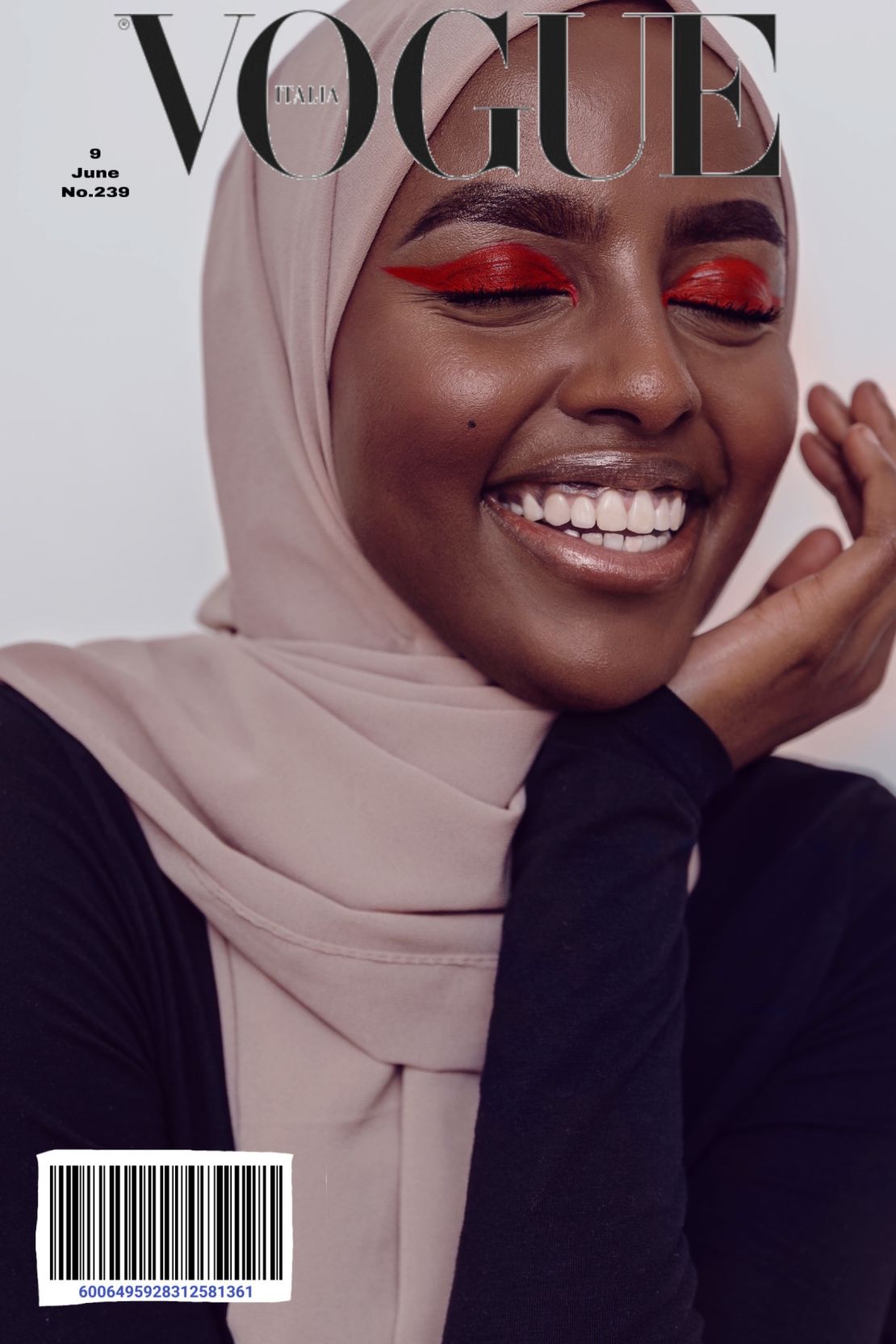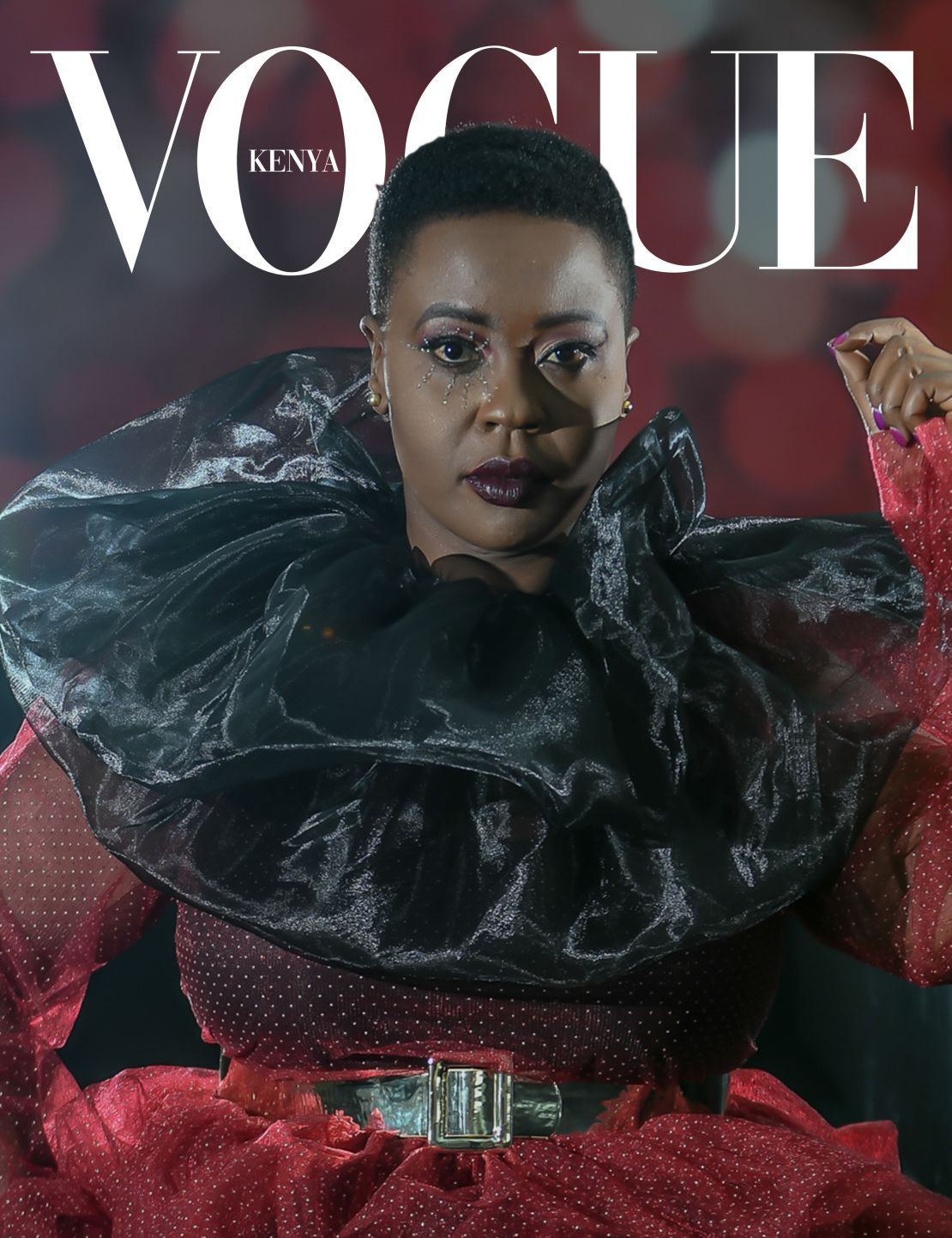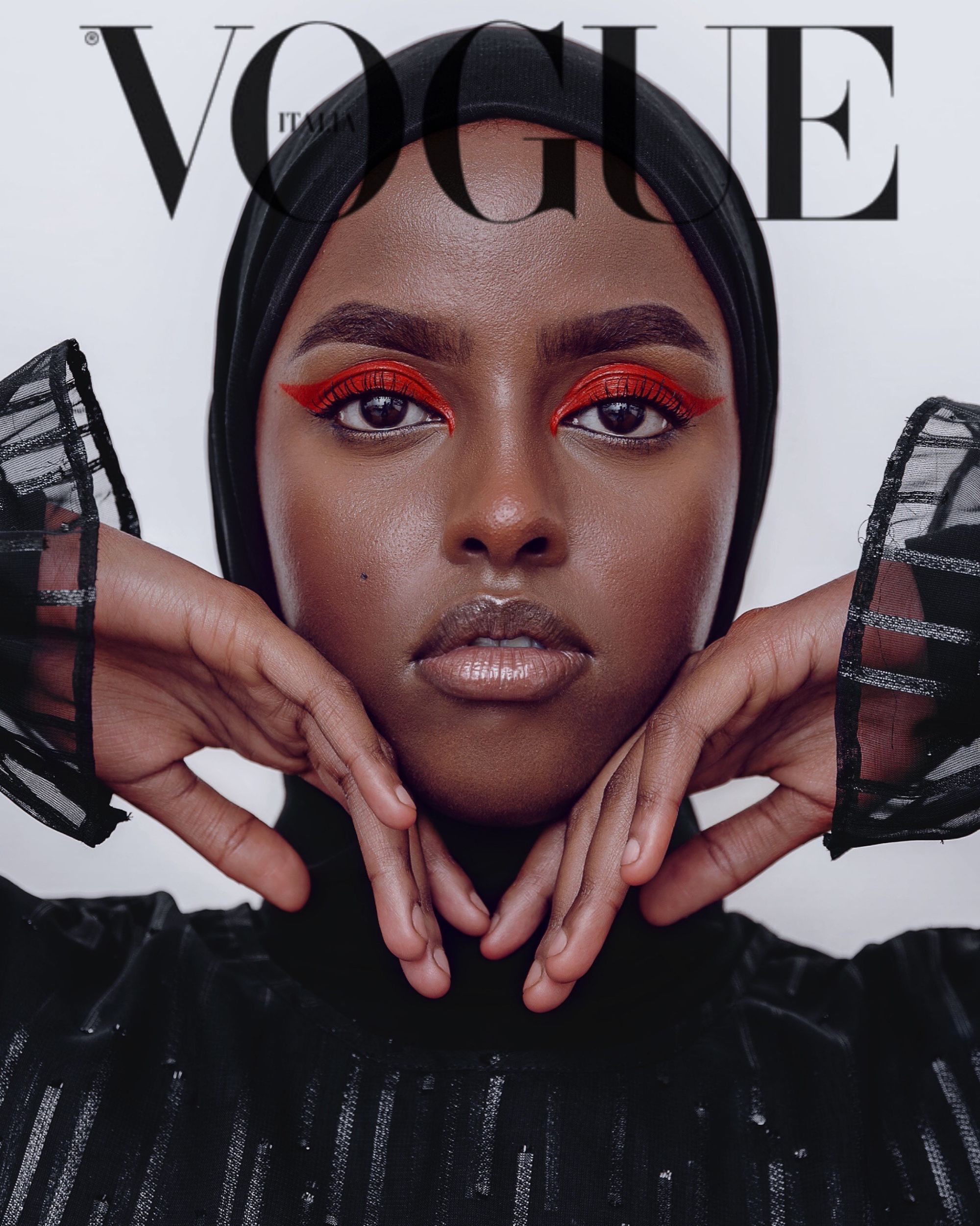People around the world have been re-creating Vogue covers to promote diversity in fashion.
Posted under the hashtag #VogueChallenge, the mock-ups aren’t just the latest social media fad – they imagine what a more representative fashion industry could look like.
The challenge was started by Oslo-based student Salma Noor earlier this month, after she tweeted an alternative cover featuring a shot of herself under the headline “Being black is not a crime.”
Noor posted the image just as anti-racism and Black Lives Matter protests began gaining momentum in the US and beyond. The challenge has since gone viral, with the hashtag appearing over 100,000 times on Instagram.
“I am a black, young Muslim woman who wanted to create something new while speaking on something that is very important,” she shared via social media.
Speaking to CNN over email, she said: “To bring so many people together for something like that is truly amazing… I had no idea it would reach so many people including Vogue.
“I think the fashion industry isn’t diverse enough yet. We need people with different opinions, backgrounds, religious beliefs, heritage, and life experience to be highlighted.”

Posting 20 of the covers online as part of a feature about the challenge, Vogue’s senior fashion news writer Janelle Okwodu acknowledged that “few women, people of color, and nonbinary individuals have ever been granted those opportunities,” adding that “the photographers behind the majority of magazine covers are white and male.”
British Vogue’s editor-in-chief Edward Enninful meanwhile selected 10 of his favorite homemade covers. “Scrolling through all the entries, I’ve been struck by beauty in all shapes and sizes, represented in all colours and creeds,” he wrote, revealing his choices. “It has shown me that there is so much talent and creativity in the world if you are willing to look for it.”
Vogue has often been criticized for its under-representation of people of color, with American Vogue only featuring its first black cover star, Beverly Johnson, in 1974 (more than 80 years after the magazine first launched). And it has been less than two years since Tyler Mitchell became the first African American photographer to ever shoot one of the magazine’s covers, when he captured Beyoncé for the September 2018 issue.
“I noticed the challenge on my timeline and decided to read more about it,” said Nairobi-based TV personality and media executive Kalekye Mumo, who took part with her own covers.
“I was pleasantly surprised to see that it was a challenge to uplift and amplify black faces and voices in the fashion world,” she said in an email to CNN. “Being a fashion enthusiast myself, I picked one of my photos from a previous personal shoot I did to support local talent and made a cover.”

Mumo said that social media users in Kenya have been creating new spin-offs of the #VogueChallenge, making their own covers for black-owned publications like Essence, and turning the challenge into a celebration of black culture and spaces.
“I did this challenge to not only use my voice, but use my face to show the beautiful, talented black people across the world, let alone Africa and Kenya … that could grace the magazine with finesse,” she said. “My hope is that the fashion industry will begin to embrace black faces of all shapes and sizes – especially since I am a fabulous plus-size woman.”
“The world is being robbed of a variety of beauty and this should change,” said Noor.



